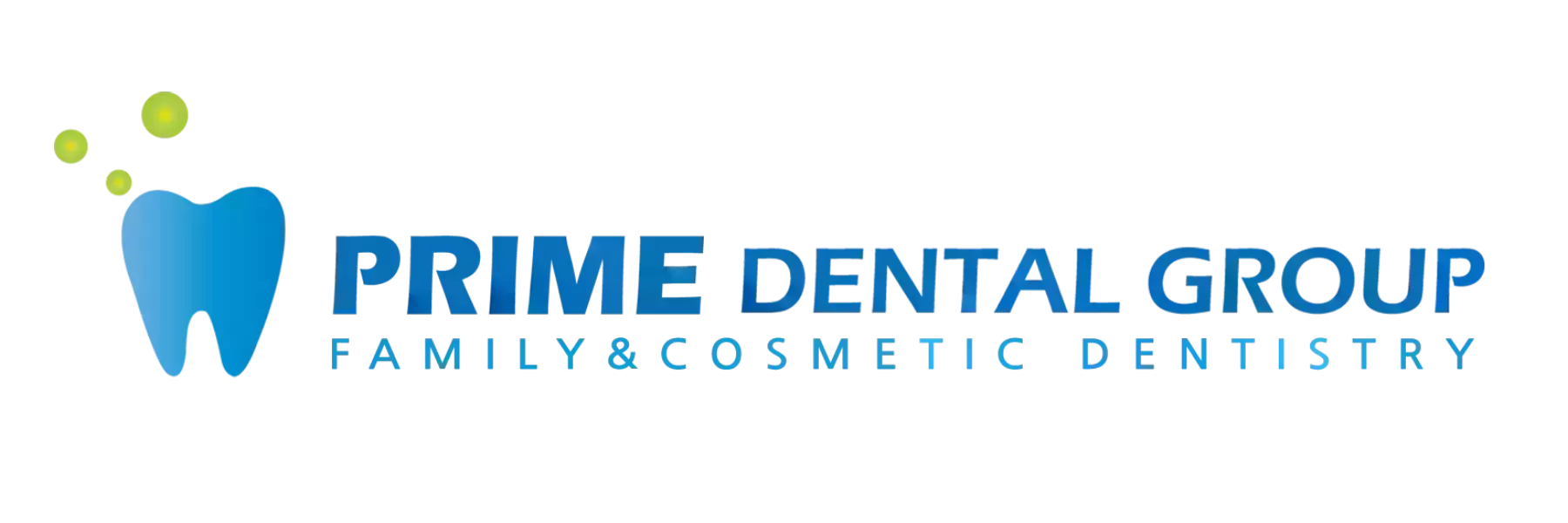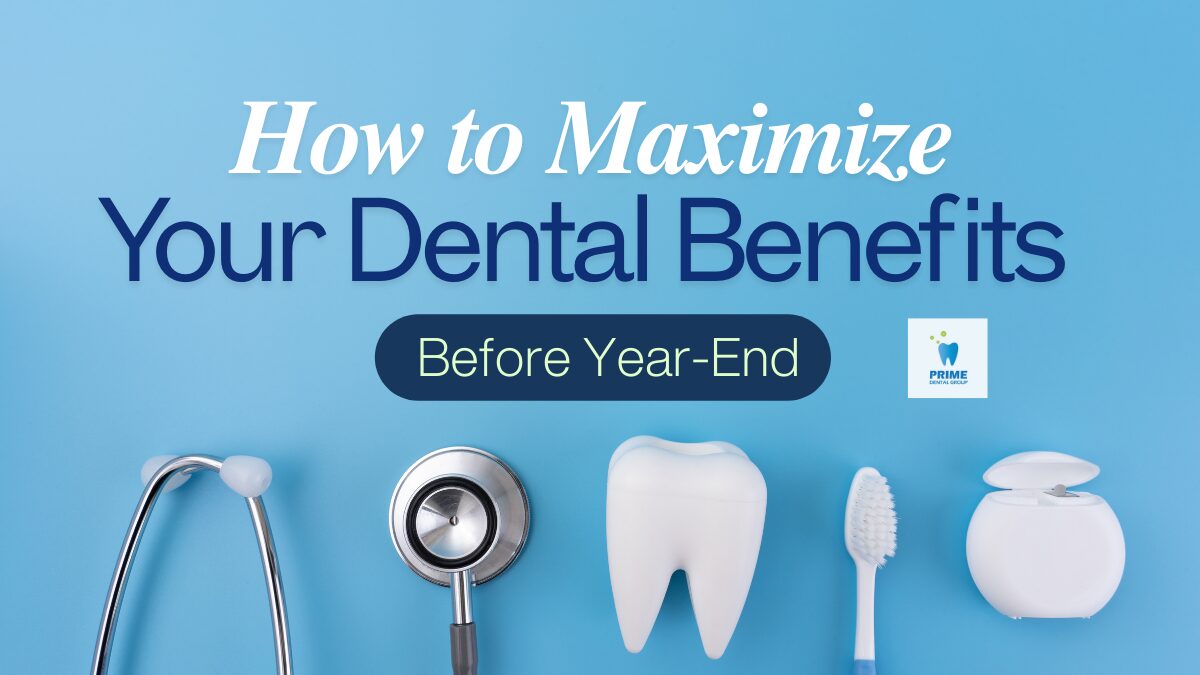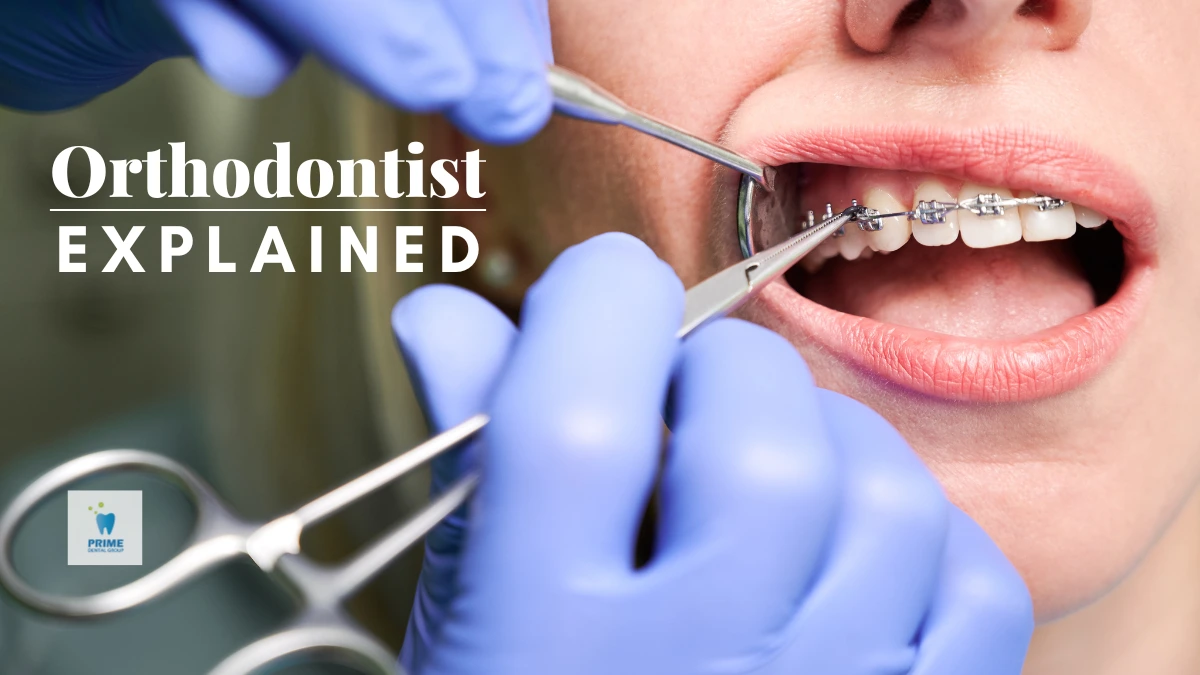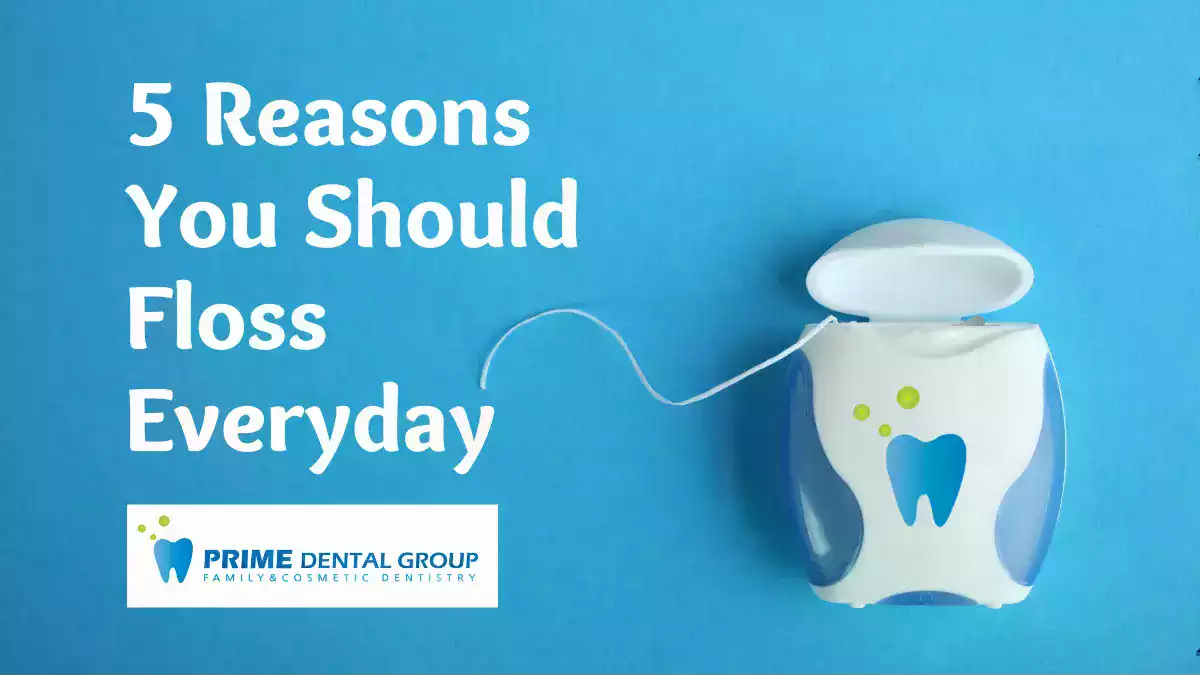TMJ Relief: Expert Guide to Mouthguards & Treatment
Ever woken up with a sore jaw, headache, or stiffness around your face? If so, you might be dealing with temporomandibular joint (TMJ) disorder, often called TMD. This condition affects the joint that connects your jaw to your skull, causing discomfort, pain, and even issues with speaking and eating. But don’t worry – there are effective ways to manage TMD symptoms, and mouthguards are one of the most popular treatment options.
In this guide, we’ll break down the basics of TMJ disorders, explore how mouthguards can provide relief, and share some practical tips for managing TMJ symptoms in your everyday life. By the end, you’ll be equipped with knowledge and actionable steps to take control of your TMJ discomfort.

What Is TMJ Disorder and Why Does It Matter?
The temporomandibular joint (TMJ) acts like a sliding hinge, allowing your jaw to move smoothly up and down and side to side. When there’s an issue with this joint, it can lead to TMJ disorders, also known as TMDs. TMD can cause jaw pain, headaches, facial tension, and even limited jaw movement, making it harder to go about your day-to-day life.
Common Symptoms of TMJ Disorders
If you’ve noticed any of these symptoms, you might be experiencing TMJ issues:
- Jaw Pain or Tenderness: Often felt around the joint itself or radiating to the surrounding muscles.
- Clicking or Popping Sounds: These sounds are common when opening or closing the mouth and can sometimes be painful.
- Difficulty Moving the Jaw: Limited jaw movement can make activities like eating or speaking challenging.
- Headaches: Jaw tension often leads to headaches, which can be frequent for those with TMD.
Since TMJ disorders affect up to 12% of the population, with women between the ages of 35 and 44 being particularly susceptible, it’s crucial to know the causes and options available for relief.
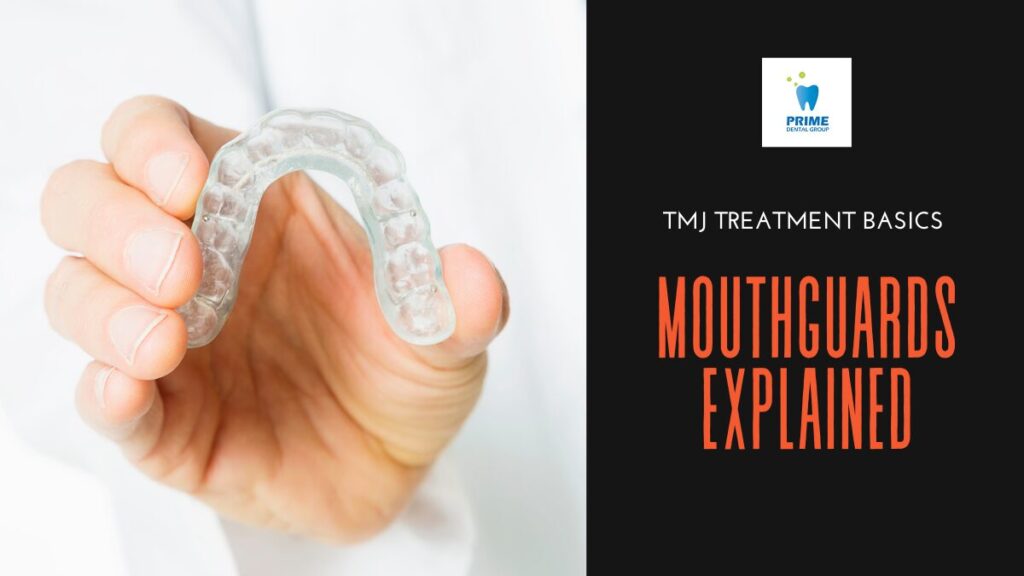
How Mouthguards Help Relieve TMJ Symptoms
Mouthguards, also known as dental splints or night guards, are among the most effective ways to alleviate TMJ symptoms. Let’s dive into how they work and why they’re beneficial.
1. Reducing Teeth Grinding and Clenching
Many TMJ issues are related to bruxism, a habit of grinding or clenching the teeth, especially at night. Mouthguards create a barrier between the upper and lower teeth, reducing grinding and preventing damage to the teeth and jaw joint.
2. Easing Muscle Tension
By adjusting how the jaw closes, mouthguards can help relax the jaw muscles. This reduced muscle tension can alleviate pain and make it easier to open and close the mouth without discomfort.
3. Correcting Jaw Alignment
Some mouthguards are designed to slightly adjust the position of the jaw, which can improve alignment and reduce strain on the TMJ. This correction minimizes stress on the joint and can reduce long-term damage.
Types of Mouthguards for TMJ
There are several types of mouthguards available for TMJ relief, including:
- Over-the-Counter Mouthguards: Widely available but not tailored to individual jaw shapes. These can be effective but may lack comfort and durability.
- Boil-and-Bite Guards: These are somewhat customizable. After boiling, you bite down to create a more personalized fit.
- Custom-Fitted Mouthguards: Created by dental professionals, these provide the best fit, comfort, and effectiveness, though they tend to be more expensive.
Custom mouthguards are often recommended for chronic TMD cases due to their comfort and effectiveness, but each option has its benefits depending on your needs and budget.
Other Effective Treatments for TMJ Disorders
While mouthguards are a popular and effective treatment, there are other options worth considering to manage TMJ symptoms.
1. Lifestyle Changes
Simple adjustments can significantly reduce TMJ discomfort. Try these practical tips:
- Eat Soft Foods: Minimize strain on the jaw by avoiding hard or chewy foods.
- Limit Jaw Movements: Avoid activities that put extra stress on the jaw, like gum chewing or nail biting.
- Apply Heat or Cold Packs: Heat can relax muscles, while cold reduces inflammation – experiment to see which works best for you.
2. Physical Therapy
Physical therapists can guide you through exercises that improve jaw mobility and strength, which can reduce TMJ pain. Massage therapy is also effective in relieving muscle tension around the jaw, neck, and shoulders.
3. Stress Management Techniques
Stress often intensifies TMJ symptoms. Practices like meditation, deep breathing exercises, or cognitive-behavioral therapy (CBT) can help manage stress and prevent teeth clenching or jaw tightening.
4. Medication
For more immediate relief, over-the-counter pain relievers, anti-inflammatory medications, or muscle relaxants may help reduce TMJ pain. Always consult a healthcare provider before beginning any medication.
5. Advanced Treatments
For severe cases that don’t respond to conservative treatments, advanced options like corticosteroid injections, botulinum toxin (Botox) injections, or even surgery may be recommended. However, these should be last-resort options, as they come with higher risks and costs.
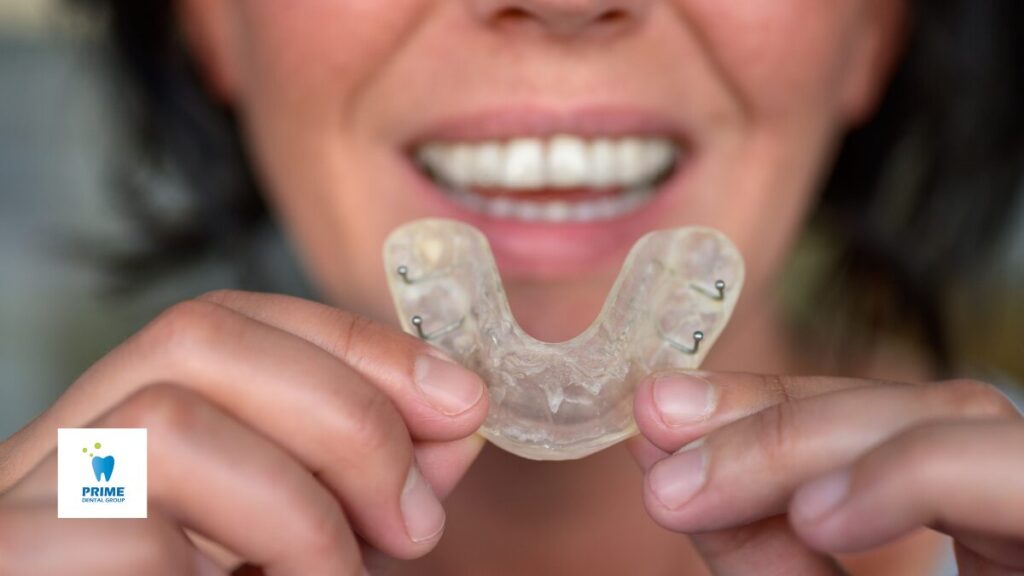
Actionable Tips to Manage TMJ Symptoms at Home
Managing TMJ symptoms doesn’t always require a trip to the dentist. Here are some easy, at-home strategies you can start today:
- Use a Mouthguard Consistently: If you’re using a mouthguard for TMJ, consistency is key. Wear it every night to prevent grinding and keep your jaw relaxed.
- Practice Jaw Exercises: Simple exercises like gently opening and closing your mouth, or lightly pressing on the sides of your jaw to stretch, can improve mobility and reduce stiffness.
- Apply Heat or Cold Therapy: For those sudden flare-ups, apply a warm towel or cold pack to your jaw for 10-15 minutes to ease pain and swelling.
- Avoid Hard and Chewy Foods: Stick to softer foods that require minimal chewing, especially during painful flare-ups. Try soups, smoothies, and well-cooked veggies to give your jaw a break.
- Practice Good Posture: Believe it or not, posture affects your jaw! Slouching or leaning forward can strain the neck and jaw muscles, worsening TMJ pain. Sit up straight and keep your head aligned over your shoulders to reduce stress on your jaw.
Conclusion: Taking Steps Toward TMJ Relief
TMJ disorders can be a pain – literally! But with the right treatment plan, you can find relief and regain control over your daily life. Mouthguards offer a practical solution for many people, reducing symptoms and protecting the jaw joint from further damage. However, they’re just one piece of the puzzle. Combining mouthguard use with lifestyle adjustments, physical therapy, and stress management can make a big difference in alleviating TMJ symptoms.
Remember, regular check-ups with your dentist or healthcare provider are essential. A professional can help you find the most effective treatment plan for your unique needs. So, if you’re struggling with TMJ discomfort, consider scheduling an appointment today at Bellevue Prime Dental Group (425) 605-3575 or Lynnwood Prime Dental Group (425) 251-0707to discuss your options and take the first step toward relief.
References
- TMD (Temporomandibular Disorders) – https://www.nidcr.nih.gov/health-info/tmd –
- Temporomandibular Joint (TMJ) Disorders – https://my.clevelandclinic.org/health/diseases/15066-temporomandibular-disorders-tmd-overview
- Temporomandibular Disorder (TMD) – https://www.hopkinsmedicine.org/health/conditions-and-diseases/temporomandibular-disorder-tmd
